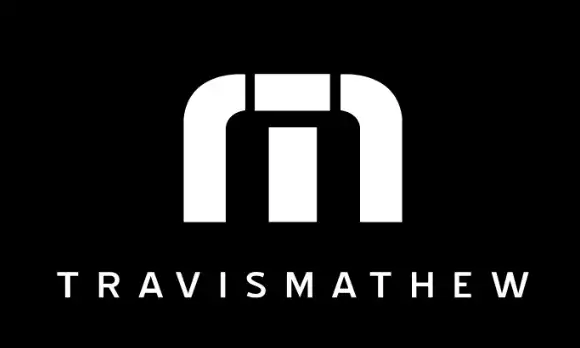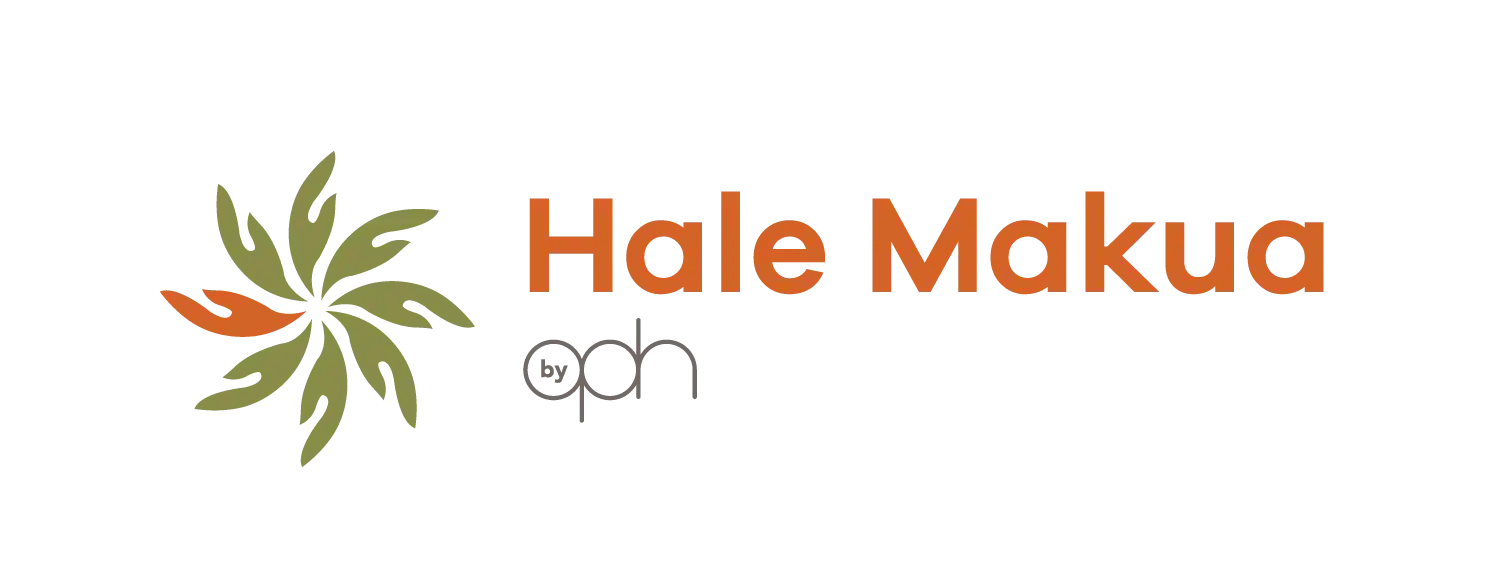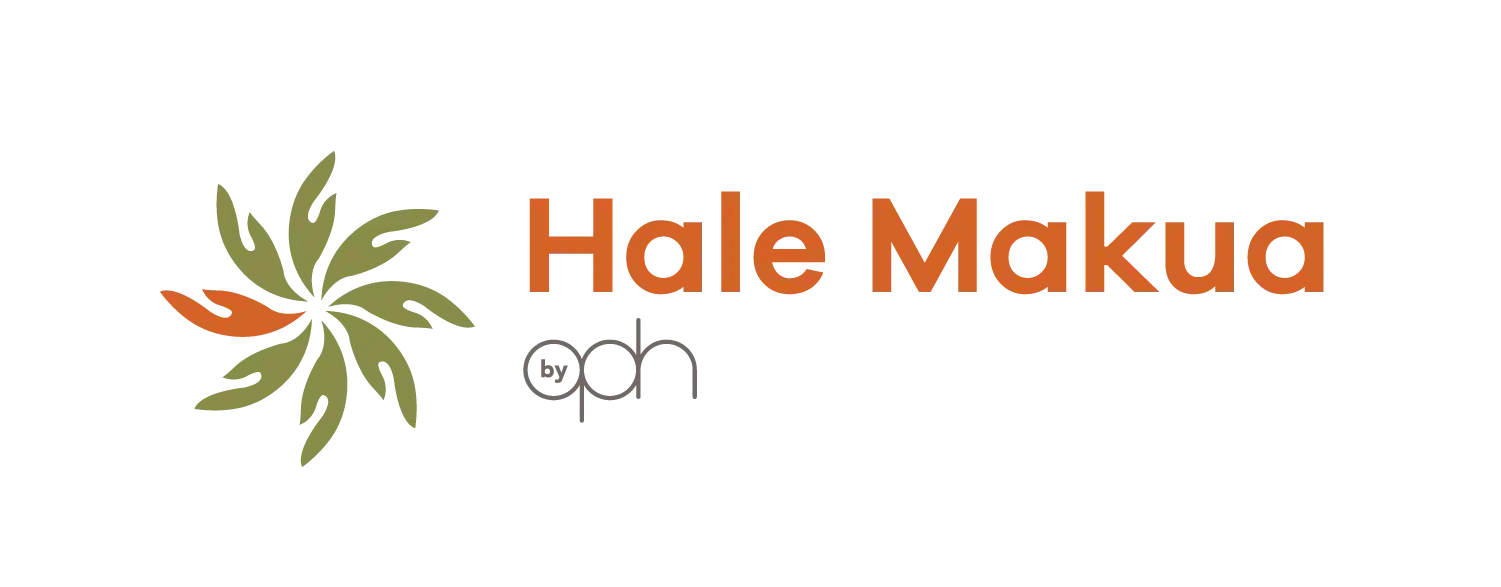No high levels of bacteria found off of West Maui in five months following Lahaina wildfire

Ocean water quality samples taken from seven sites off the Lahaina burn zone showed no high bacteria levels five months after the Aug. 8 wildfires, according to the 2023 Blue Water Task Force water quality report released by the Surfrider Foundation Hawaiʻi.
High bacterial counts indicate the presence of human or animal waste that may threaten public health. The data identify chronically polluted sites that need to be prioritized for ongoing monitoring; as well as potential investigation by state Health Department officials.
In response to post-wildfire ocean water quality concerns from hazardous debris and ash, the Foundation collected more West Maui samples in January, specifically testing for heavy metals and post-fire toxins. Test results are pending. Initial testing was for enterococcus bacteria only. The Foundation conducted its Lahaina water testing with partners Hui O Ka Wai Ola.
In 2023, trained, Blue Water Task Force volunteers sampled 23 sites off of Maui, 24 off Oʻahu and 18 off of Kauaʻi, checking for the presence of enterococcus. Elevated levels of enterococcus indicate a greater likelihood that illness-causing pathogens might be present.

Seven sites on Oʻahu and seven sites on Kauaʻi had over 50% of their samples exceed state health standards, the Foundation said. At two sites on Kauaʻi (Nāwiliwili Stream mouth and Hanamāʻulu Stream mouth), every water sample exceeded state health standards in 2023. In partnership with the Waiʻanae community and the organization Kingdom Pathway, volunteers began collecting samples from Kaupuni Stream, which drains into Pōkaʻī Bay. In 2023, 58% of the water quality samples taken from Kaupuni Stream exceeded state health standards.
For nearly two decades, the Kaua’i Chapter’s Blue Water Task Force has tested surf breaks and stream mouths to complement the beach water quality monitoring program conducted by the Hawai’i State Department of Health. The task force’s program offers broader protection for all the coastal waters where people surf and play. The Kauaʻi data demonstrates that while the surf breaks typically test clean, many of the streams they test are chronically polluted with extremely high levels of the fecal indicator bacteria enterococcus. One of the worst offenders, Nāwiliwili Stream at Kalapakī Bay, has failed every water test performed since 2016, landing this site on the Surfrider Foundation’s national list of polluted priority beaches.
In July 2023, the Kauaʻi Chapterʻs published its results of a local study to determine which streams on Kauaʻi are polluted with human waste and thus require further attention by authorities. Led by Dr. Carl Berg, the study tested 24 streams, four times each, for both enterococcus and sucralose. Sucralose is an artificial sweetener used in candy, beverages, baked goods and dairy products. Since it passes through the human digestive system unchanged, is resistant to wastewater treatment, and is relatively inexpensive to test for, sucralose has been successfully used to indicate the presence of human sewage in waterways.
All of the streams in the study yielded bacteria counts that exceed the state health criteria for fecal indicator bacteria, while sucralose was detected in 19 of 24 streams tested. In fact, sucralose was detected in at least 50% of the samples collected in 14 streams, indicating that these streams are contaminated with human sewage.
“For years, our Blue Water Task Force data has consistently indicated chronic pollution issues at certain streams and beaches throughout the islands,” said Lauren Blickley, Hawaiʻi Regional manager for the Surfrider Foundation. “The Kauaʻi Chapter sucralose study further confirms the link between high bacteria and cesspool pollution in certain areas on Kauaʻi.”
Local flooding conditions caused by rising sea levels and extreme weather events makes this situation even worse, according to the Foundation. “Connections to sewers and other advanced wastewater treatment systems are needed in order to stop the flow of pathogens and nutrient pollution into local waterways and to reverse the human health and ecosystem damage caused by these systems in many communities,” it says.
“Converting your cesspool is the number one way that homeowners can help improve coastal water quality across the islands,” said Blickley. “New and cheaper technologies for toilets and human waste management are quickly improving, and partner nonprofit WAI (Wastewater Alternatives and Innovations) works directly with homeowners to navigate the process of cesspool conversion.”
The Blue Water Task Force sites with chronically high bacteria readings are typically located at the mouth of streams or rivers. Chronic pollution at these sites may also be attributed to land-based runoff. Families, ocean users and the public should be avoid areas with poor water quality, especially after heavy rains that can trigger brown water advisories.
“We strongly recommend that the public stay out of the water if it is brown,” said Dr. Daniel Amato, water quality scientist and coordinator of the Surfrider Oʻahu Chapterʻs Blue Water Task Force program.
The Foundation supports Senate Bill 2322, which would require the Hawaiʻi Department of Health to continue water testing during brown water advisories under certain circumstances.
Since 2017, the department has not sampled the water at priority Tier 1 beaches until brown water has subsided. The department has said testing during brown water events takes staffing resources away from other sampling areas, and there’s not enough federal funding to pay for additional testing.
However, the Foundation maintains that by not collecting samples during brown water advisories, the state’s data is biased to samples taken during dry conditions.
“The state’s annual data says that 99.7% of its samples are clean and that we do not have any major coastal water quality issues,” Blickley said. “However, the water quality data collected from our Blue Water Task Force programs paint a very different picture. Kids on Kaua’i, for example, are regularly playing at the mouth of the Nāwiliwili Stream, where weʻve sampled some of the highest levels of bacteria in the state. There are other areas that also have very concerning water pollution levels and little to no data from the state about the actual bacteria levels at these sites.”
Surfrider Foundation has been requesting that the state Health Department sample priority beaches during both dry conditions and brown water advisories. Senate Bill 2322 is moving through the state Legislature. It would require the department to test ocean water on its regularly scheduled sampling day, regardless if it’s clear or brown. The bill recently passed through the Senate Ways and Means Committee.
“Senate Bill 2322 is a win-win for the community with over 88 pages of public testimony supporting the bill,” Blickley said. “We are thankful that HDOH is supporting this bill, and we look forward to working with them, and providing support, to ensure that coastal water quality data throughout the state is robust and transparent.”
The Blue Water Task Force is Surfrider Foundation’s community science water quality testing program. It provides critical data and information to protect public health at beaches. The program was launched on Kauaʻi in 2008, Oʻahu in 2015, and Maui in 2017.
The task force team is made up of trained volunteers who attempt to sample each site twice a month on Oʻahu and once a month on Kauaʻi and Maui. Water quality results are compared to the standards used by the Hawaiʻi Department of Health to make beach-closure decisions and inform the public of potential risks.
Community members are encouraged to check water quality results posted online before they head to the beach at bwtf.surfrider.org.






_(1)_1750878889339.webp)

